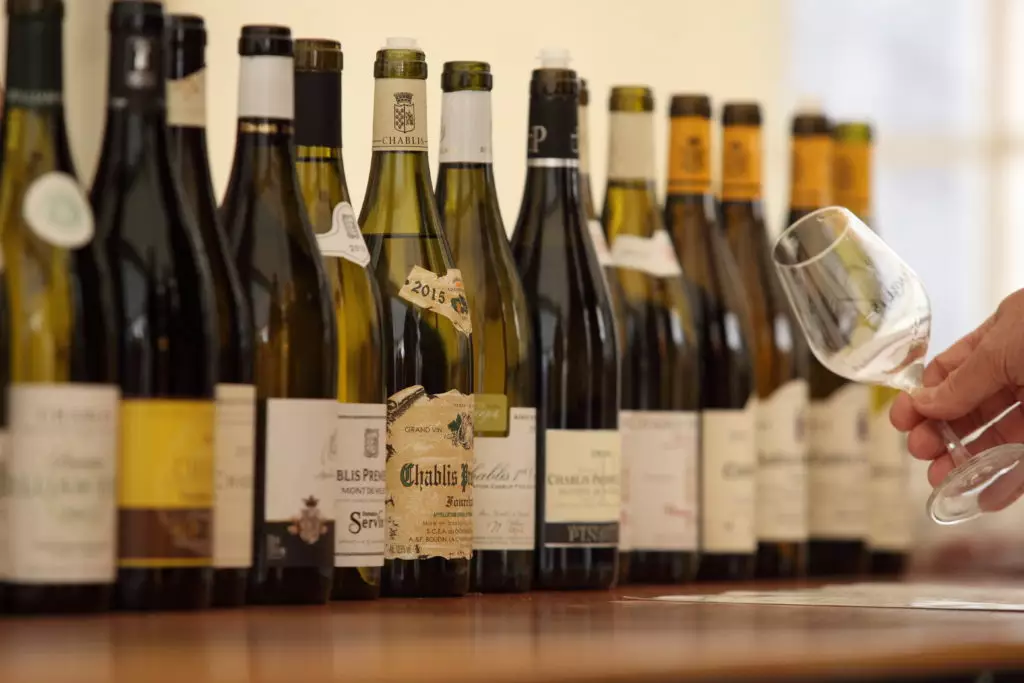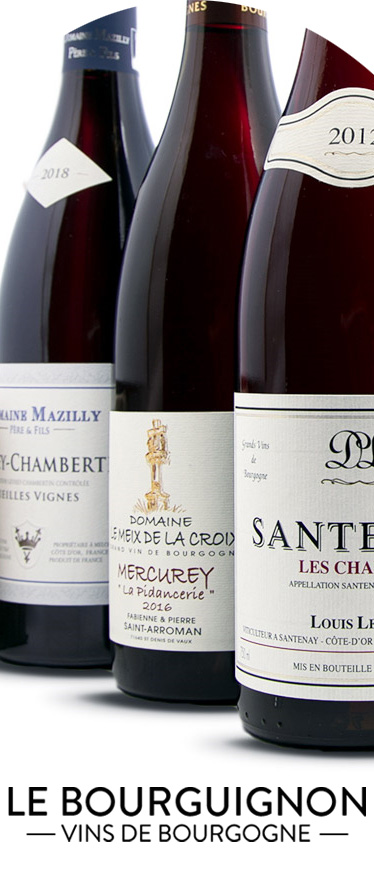Chablis, one of the most famous white vineyards in the world, has relatively uniform quality and typicity. However, certain nuances should be known.
Each appellation has its own style (and price)
The Chablis vineyard is divided into three appellations, with different characteristics and prices.
– Petit-Chablis: Contrary to what its name indicates, this is not a less qualitative Chablis. Petit Chablis corresponds to the vines furthest from the village of Chablis, those located on the plateaus. Compared to Chablis and Chablis grands crus, these wines are often fresher and lighter. The minerality is there. From €10 per bottle.
– Chablis and Chablis 1er cru: This is the bulk of the vineyard. The Chablis appellation corresponds to all the hillside vines in the sector, with very varied expressions, depending on the slopes and exposures. Chablis premier cru simply correspond to terroirs considered qualitatively superior within the appellation. Allow €20 for a Chablis, €30 for a Premier Cru.
– Chablis Grand Cru: the most prestigious wines from the Chablis vineyards. Representing only around a hundred hectares, all located opposite the town, these terroirs have the particularity of benefiting from excellent exposure to the sun, often facing south. These are the fullest, most complex and longest of all Chablis wines. They are often reserved for fine gastronomy, in particular fish and shellfish. Most can be kept for decades in the cellar. They are also, logically, the most expensive Chablis. Count at least €50 per bottle.
Left bank / right bank
Once these differences in appellation are known, it is the location of the terroir on the map that will make the difference. Above all, we distinguish the left bank of the Serein (the river which divides the vineyard in two) from its right bank. On the left, the wines are reputed to be fresher; on the right more powerful and ample. Question of solar exposure.
The other big geographical difference which allows us to distinguish the terroirs of Chablis is the north/south axis. The northern terroirs (Beine, Maligny, Lignorelles, etc.) are known to be cooler than their southern counterparts (communes of Fleys, Préhy, Béru, etc.)
Age question
Our imagination often reserves protection for red wines. This is false, and even more so for Chablis. These whites are among those which keep best, thanks to their acidity and their minerality in particular. So the Petit-Chablis do not fear 5 to 7 years of aging, when we can exceed 10 years for the Chablis. As for the premiers and grands crus, 15 to 20 years in the cellar do not scare them. The interest? Develop the aromatic complexity and length of these Chardonnays. In addition to the aromas of flowers, fresh fruits and minerals, over the years we gain nuances of dried fruits, sweet spices, white truffles and butter. Over time, their texture will also change, becoming more consistent.
Old and new school
Last criterion for choosing a Chablis, and not the least: the style of the winemaker. To summarize broadly, we often distinguish between the classic school and the new school. The first promotes the freshness and “purity” of the vintages thanks to medium-term aging, often in stainless steel vats. The second (often young winegrowers) seeks more deliciousness and fruity aromas thanks to longer aging and the use of oak barrels. Excellent wines, in either case. But everyone will find their preference.


